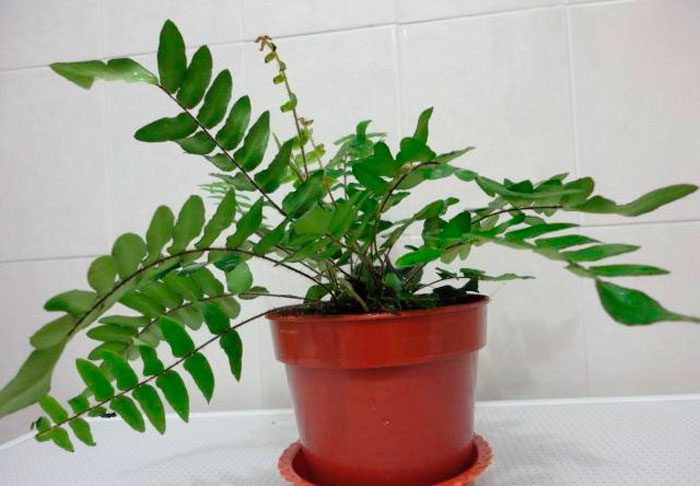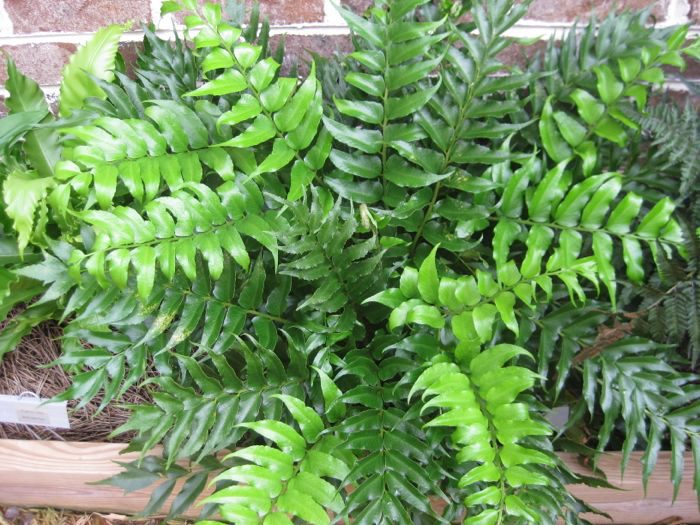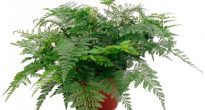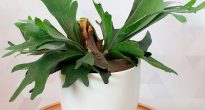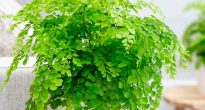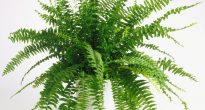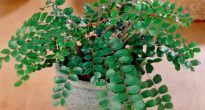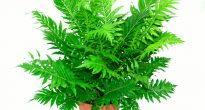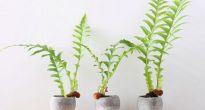Such a very undemanding fern in care, as cytomium (Cyrtomium) is directly related to the thyroid family. In natural conditions, it can be found in Oceania, Asia, and South America. This genus unites 10 plant species. As a houseplant, Cyrtomium falcatum is grown.
This herbaceous fern is perennial. It is native to the subtropics and tropics of South Africa and Asia. However, with all this, this plant is resistant to cold, therefore, in the southern regions it is grown in open ground. The fern also feels quite well with low humidity in city apartments.
This fern has feathery leaves that can be up to 35-50 centimeters long. Also, these leathery, bent upward leaves are saber-shaped, and they are located alternately. Their veins are parallel, and the outer side is shiny. Young cytomiums grow extremely slowly. In adult overgrown plants, several leaves grow a year.
A variety of this plant called "Rochfordianum" is often found in the flower shop. Its leaves have serrated edges.
Content
Home care for cytomium
Illumination
This plant is shade-tolerant, but it is recommended to place it in a well-lit place, while protecting it from direct sunlight.
Temperature regime
In winter, it is recommended to put the fern in a cool place (12-16 degrees), but it is quite possible to keep it all year round at normal room temperature. It is necessary to ensure the difference in daily temperatures (at night it should be slightly colder than during the day).
How to water
Watering should be moderate throughout the year. To do this, use soft water. If cytomium is kept cool in winter, then watering should be done with extreme caution.
Humidity
The plant feels best at high humidity, but it develops quite normally in dry air. It is recommended to systematically spray the leaves.
Top dressing
Fern should only be fertilized during intensive growth. To do this, use a weak solution of liquid fertilizer for decorative deciduous plants.
Transplant features
It is necessary to transplant if necessary if the roots cease to fit into the pot. Make sure that the neck is not buried in the soil. Since the roots are very delicate, the transplant is carried out extremely carefully.
Earth mix
A suitable dredge consists of peat, coarse sand and deciduous soil. It is recommended to add sphagnum, bark, leaves or pieces of charcoal.
Reproduction methods
The easiest way is to divide the bush during the transplant process at the beginning of spring. It also reproduces well with spores. For germination, spores need a temperature of 20-22 degrees, which must be maintained constantly. And also you need diffused light. Germination takes place after a few weeks. After a couple of months, the first leaves appear, after which the seedlings need to be dived in several pieces.
Possible problems
- Brownish dots or stripes on the seamy side of the sheet - quite normal. Appear during sporulation.
- Practically does not grow, the leaves are very pale - you need top dressing or transplant.
- There are brownish spots on the foliage, and the leaves on the bottom turn yellow, there is moss on the soil surface - waterlogging of the substrate.
- The leaves turn yellow, and their tips are brownish - excessively low air humidity.

